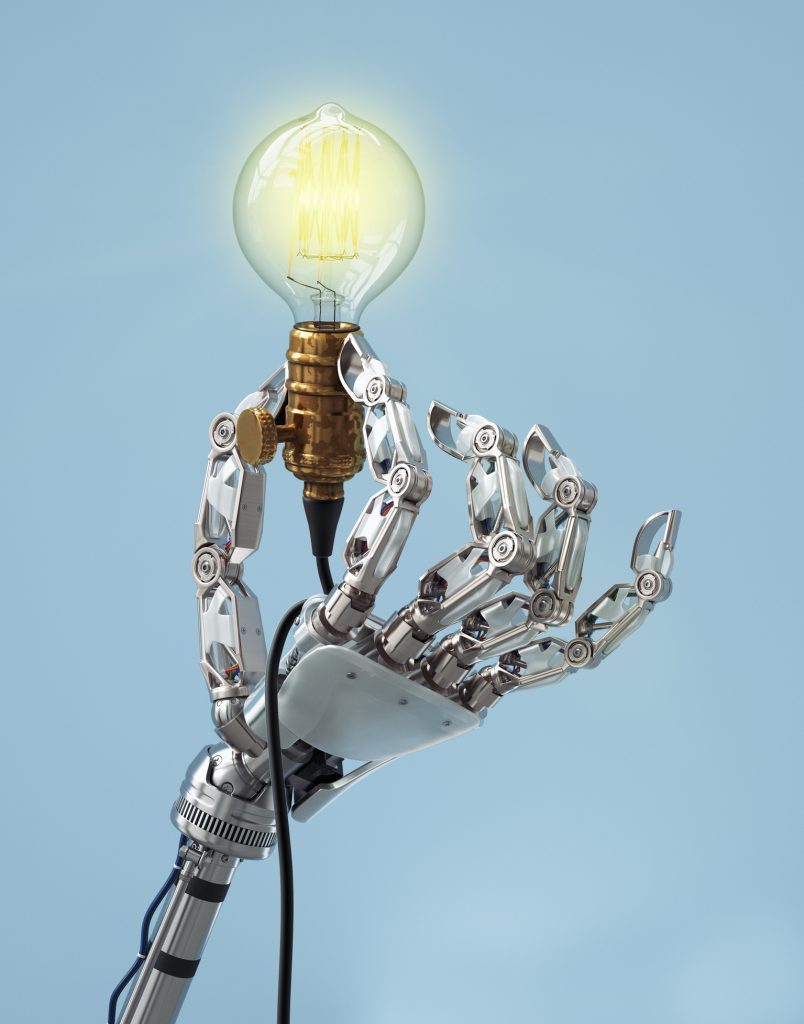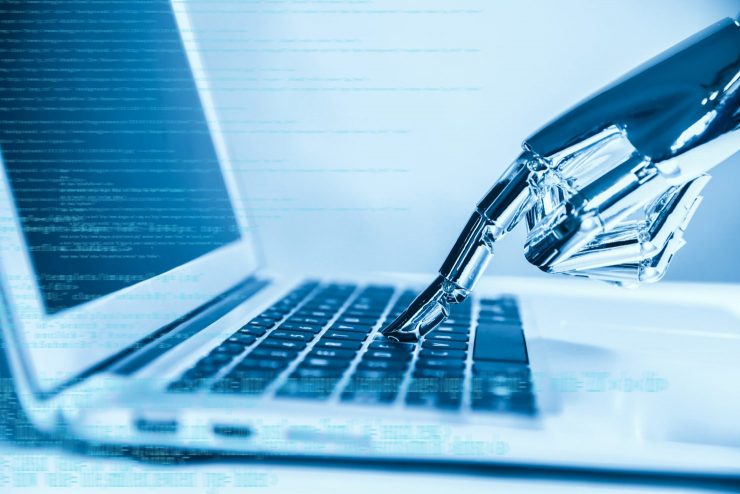The job market is governed by one constant—change. Sometimes that change can be anticipated, like seasonal recruitment cycles. Other times, it’s the result of unforeseen circumstances, such as the recent global health crisis and the corresponding economic downturn.
In many countries across the world, lockdown restrictions are slowly being relaxed and economies are beginning to reawaken. Consequently, companies can expect to receive a high volume of job applications from candidates eager to return to work. To effectively handle this surge in hiring, talent teams should incorporate AI recruitment tools into their workflows as much as possible.

In the UK alone, approximately 730,000 people lost their jobs due to lockdown restrictions. Now, however, they’re ready to re-enter the labor market—overwhelmingly so. Earlier this month, CV-Library published data on the top 15 jobs that received more than 1,000 applications each on its site in the month of July. The three roles that generated the most applications were as follows: trainee paralegal (4,228), HR assistant (3,333) and trainee accountant (3,272).
Those figures would certainly be daunting to recruiting teams under normal conditions; however, in light of recent events, this surge in hiring comes with an added layer of urgency. Both job seekers and employers alike are anxious to resuscitate the economy and prevent the worst from coming to pass.

The ability to do so hinges largely on how quickly companies can fill open requisitions. In order to increase hiring velocity, without sacrificing quality of new hires, recruiters would be wise to automate as many of their tasks as possible. Every second of every minute saved is invaluable when connecting people to jobs at scale—especially when time is of the essence.
The following are examples of recruiting tasks that are commonly automated using AI and machine learning to perform routine functions or augment human-centric skills.
- Applicant screening: analyzing candidate profiles and determining their fit for a job opening.
- Profile enrichment: automatically sourcing additional information about a candidate from publicly available data across the web.
- Candidate sourcing: surfacing qualified candidates from internal and external talent pools for current vacancies.
- Personalized assessments/training: tailored solutions that adapt to each candidates’ skills and abilities.
- Candidate matching: identifying and evaluating the strongest active or passive candidates for an open position based on their relevant skills, experience, or other defined criteria.
- Chatbots: conversational UI for candidates or prospects for pre-screening, Q&A, scheduling, and more.
- Programmatic job advertising: automated job distribution and budget optimization based on historical data and real-time campaign performance.
- Interview self-scheduling: automation of scheduling logistics, improve hiring velocity with instant, real-time confirmations & updates, and enhance candidate experience by providing scheduling flexibility.
Don’t Wait! Automate!
When it comes to AI recruiting, SmartRecruiters’ customers are uniquely advantaged. They have access to SmartAssistant, which is the industry’s first and only native AI-powered recruiting service.
Designed with a focus on candidate screening, sourcing, and matching, SmartAssistant allows recruiters and hiring managers to automatically evaluate job applicants with a match score, surface candidates from internal databases for open positions, and automate job alerts to candidates for opportunities that align with their skills and experience.
SmartAssistant, and several other features of our talent acquisition suite, enable over 4,000 companies to automate myriad workflow steps, thus freeing recruiters to focus on finding the best candidates and hiring them in as timely a fashion possible.
Want to learn more about SmartAssistant and how it can help your company handle high volume recruiting? Drop us a line! We’ll get back to you as soon as robotically humanly possible.






